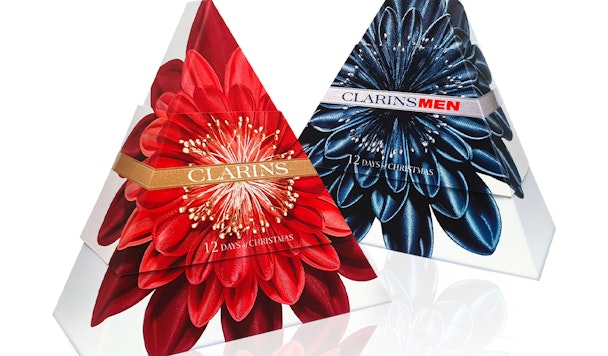Beauty and the gift: the evolution of the cosmetics industry
The cosmetics industry has faced an unprecedented couple of years. Traditional, previously dominant superbrands have had their status challenged by numerous smaller upstarts, often powered by social media marketing, celebrity endorsement and online influencers – and gen Z’s thirst for new things (39% say they like to be the first to try new products). Then came the pandemic – previously growing make-up sales took a hit in favor of skincare, and a sector already leaning to digital has seen that shift accelerate dramatically.

Spark considers what impact the pandemic has had on the cosmetics industry
Lipstick index down
The term ‘lipstick index’ was coined by Estée Lauder chairman Leonard Lauder to describe how make-up is often an indulgence still prioritized by consumers during downturns. But this time is different. No socializing and mandatory face coverings are no recipe for selling lipstick, and indeed sales plummeted by over 70%. But it’s not all bad news for the sector; in the same period, online skincare sales nearly doubled.
Industry commentators predict that make-up will come ‘back with a bang’ once group socialization recovers, and while online and in-app purchases will remain strong, there will be a strong return to bricks and mortar, which offers unrivalled discovery, shopping-as-entertainment and trial opportunities.
Packaging matters
Product impact on shelf v home delivery pose different opportunities and challenges. Standout and engagement can be tricky to translate to a tiny mobile screen, and considerations like freight integrity matter more when a majority of products are shipped. Let’s also not forget that the importance of sustainability in consumers’ minds has continued growing. That’s a lot of additional, competing priorities to juggle.
This is especially true of gifts and special editions, which have shown resilience through the pandemic, but which often have a constrained time-to-market, demanding a connected approach to graphic and structural design to ensure maximum agility.
At Spark, we’ve experienced this first-hand, making product ideas happen for the likes of No7 and Clarins; the more connected the innovation team is, the easier it is to foresee and prevent any bumps in the road and the greater the leaps forward for a brand’s packaging strategy. Marketing and ops teams are leaner and under greater pressure than ever, and mediating between agencies and internal teams takes up time and headspace, potentially leading to missed opportunities. Agencies and suppliers with a broad mix of expertise and a more cross-disciplinary approach can work through not just the design but also the operations and supply chain implications of product launches, accelerating and improving the process and freeing up internal brand teams to focus on consumer insight and identifying growth routes.
Looking good online
Products must now entice consumers as effectively online and on social channels as on shelf in person. Showcasing them effectively and beautifully is key – and our clients are finding that CGI product renders can hold the answer.
We first began using CGI to support prototyping and design development. But as the image quality reached truly photorealistic levels, it opened up the potential to eliminate photography and create high-resolution marketing assets ahead of manufacturing. These enable launch campaigns to be readied earlier, and with greater freedom to manipulate and group images as required. Our clients now enjoy rapid development and deployment, with impeccable brand consistency and quality – without repeated photoshoots. With careful asset management (cataloguing) of these product renders, we can drive high levels of asset reuse and enable quick modification of dimensions, angles and backgrounds to suit specific placements, while keeping brand and color accuracy intact.
Reinventing the wheel
But truly effective content management goes beyond product renders. Ingesting and effectively organizing individual elements and metadata (from the logo to the copyright line, ingredients list or regulatory warnings) in a content management system unlocks seismic improvements in automation and consistency across a brand’s marketing operations. It eliminates errors and powers adjustments to individual elements of content to directly drive real-time updates of the pack.
The sector has weathered these past 18 months remarkably and is well placed to benefit from the recovery ahead. But as consumer expectations grow, the complexities and pressures on marketing and the supply chain do too. It’s vital that agency partners step in to take on some of the heavy lifting and help increasingly lean brand teams make big ideas happen.
Claire Ashworth is vice-president at Spark.
Content by The Drum Network member:

Spark - Brighter Thinking
We provide integrated brand solutions across marketing communications and packaging. Bringing together design, adaptation, localisation and delivery in one team,...
Find out more
